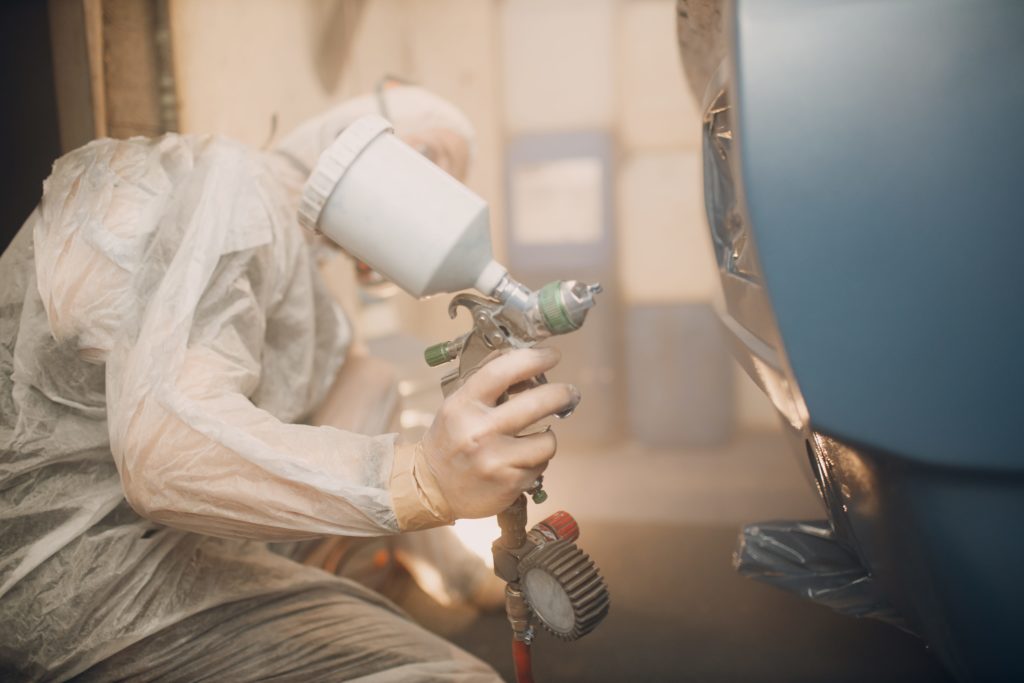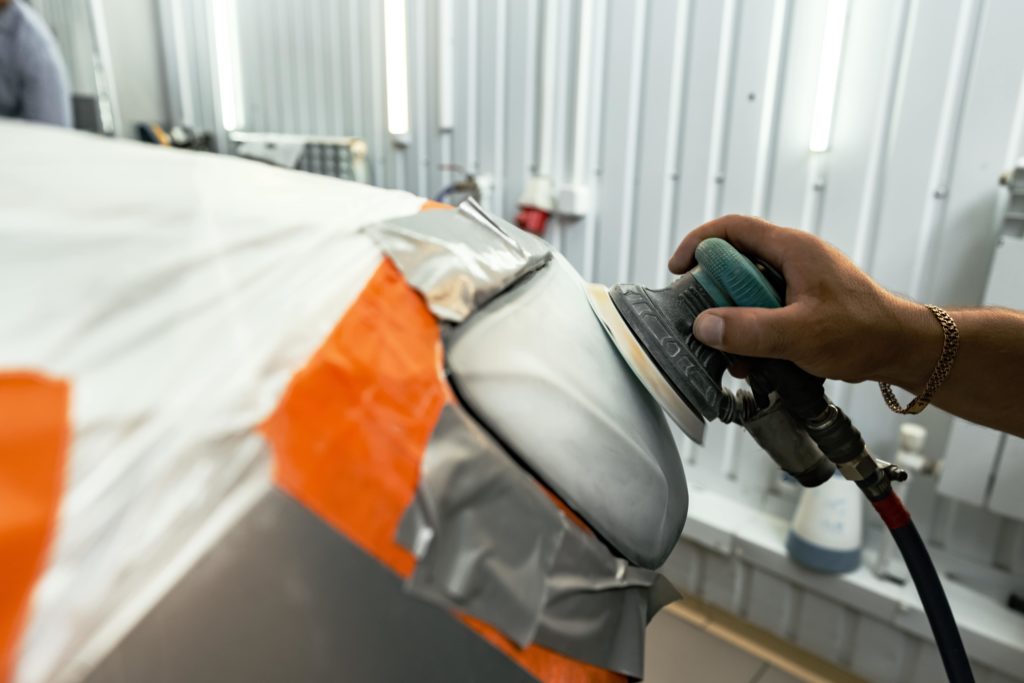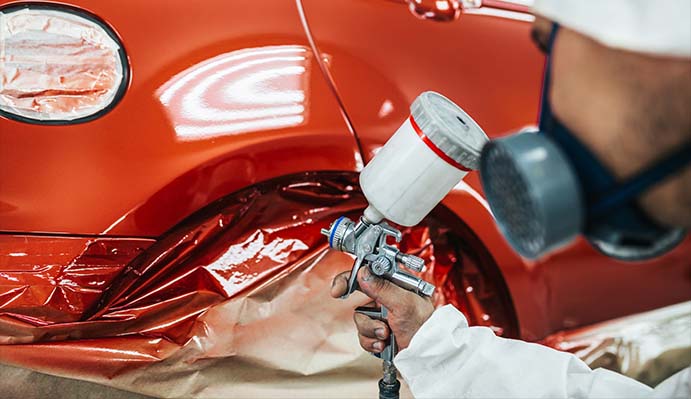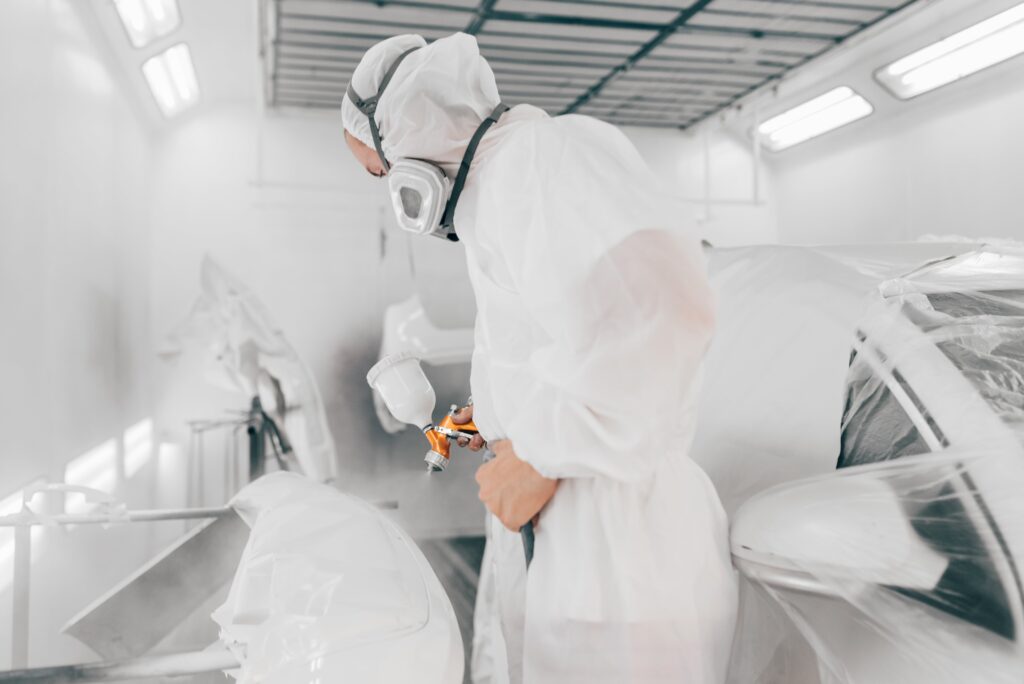In an era where young professionals are continuously presented with a myriad of career options, the collision repair industry is struggling to keep pace. I have had multipole opportunities to speak with the colleagues in many countries, and everywhere I heard about the lack of people joining the trade. It is a pandemic. We can find solutions for many problems, but if we have not enough people, our industry will be doomed. To become a viable option for the youth, we must critically address and rectify several prevailing issues.

- The Abundance of Career Choices:
The current job market, especially in the booming service industry, offers young individuals diverse and appealing career paths. These industries are leveraging technology and innovation to make their jobs more attractive. The collision repair industry must similarly innovate and integrate modern technology to appeal to this tech-savy generation.
- Perception of Manual Jobs:
Manual jobs, such as those in collision repair, are often unjustly perceived as lower in status. This industry needs a rebranding strategy that highlights the skill, precision, and technological aspects of the work, elevating its status and appeal.

- Subpar Working Conditions:
Many car repair shops are plagued with poor working conditions – cold, dirty, and disorganized. To attract young talent, it’s essential to invest in creating cleaner, well-organized, and technologically equipped workspaces. A pleasant working environment can significantly boost job appeal. Good working conditions are not a luxury, they are a must.
- Lack of Marketing Efforts:
Unlike other industries, the collision repair sector has been relatively passive in marketing its career opportunities. A robust marketing campaign, focusing on the exciting and evolving nature of the industry, could capture the attention of the younger generation. Storytelling through social media and partnerships with educational institutions can be effective strategies. Car refinishing job is a craft, not just another insignificant work.

- Health and Safety Concerns:
Younger generations are increasingly health-conscious. In many car paint workshops, the neglect of safety and health standards is alarming. Investing in better safety equipment, training, and health benefits can turn this around, demonstrating a commitment to employee well-being.
- Need for Organized Education:
The absence of a structured educational pathway for jobs like panel beaters and painters is a significant deterrent. Establishing apprenticeship programs with clear progression routes and certifications can make these roles more attractive and respected.While in some countries, we see better progress in this area, in Greece, for example, education for the future car painters is almost non-existent.
- Low Entry-Level Pay:
The industry’s trend of low pay for apprentices and newcomers is discouraging. Offering competitive, fair starting wages, coupled with clear salary progression plans, can make these positions more attractive to young job seekers. You can not expect a young person to work for peanuts for years. They simply won’t.

- Embracing Technology and Innovation:
Incorporating the latest technology and innovative techniques in collision repair work can transform its appeal. Young people are drawn to industries that are forward-thinking and technologically advanced. Showcasing how the collision repair industry is evolving with technology can significantly boost its attractiveness.
- Competition from Car Detailing and Care Shops:
When young people do show interest in the automotive industry, they often gravitate towards car detailing and spotrepair shops. These venues typically offer better working environments and higher pay. The collision repair industry must recognize and respond to this competition by improving its own working conditions and financial incentives.
The collision repair industry stands at a crossroads. By addressing these key areas – rebranding manual work, improving working conditions, proactive marketing, prioritizing health and safety, structuring education, offering competitive pay, and embracing technological advancements – we can open the doors to a new, enthusiastic generation of professionals.




